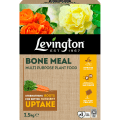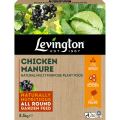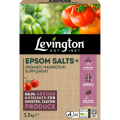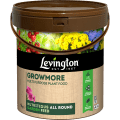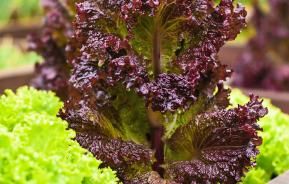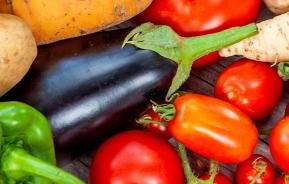The process for growing peppers is very similar to how you would grow chilli peppers (obviously) and more surprisingly, aubergines.
They are remarkably easy to grow and have been more commonly grown in the Mediterranean nations due to the warmer climate.
In the U.K, we are not fortunate enough to be able to plant the pepper seedlings in soil and watch them take off with minimal help. You will have to provide extra warmth to accommodate and encourage your seedlings to grow.
Whether it is a Fiesta, Bell-Boy, Marconi Rosso or a Big Banana; our guide will help you grow your very own peppers in your back garden this summer!
Step 1 - Finding A Spot To Grow Your Peppers
There are a couple of different places where you can grow peppers; either in the greenhouse, in a large container, or in a grow bag.
The only thing you need to know is that peppers need a warm environment over 20 Degrees Celsius for a large percentage of the time. When placing your peppers, look to find a warm spot in your greenhouse (where they will grow well alongside your tomatoes), up against a wall in your garden, or inside the house.
In the greenhouse, you can plant your peppers in soil. Make sure that the greenhouse is well ventilated and that your peppers are not being blocked by any of the other plants. This so that the peppers are getting the maximum amount of sunlight.
If you are going to place your peppers in the garden, you can plant them in the ground, a large container or in a grow bag. Ensure that you place them in the warmest, brightest spot in the garden. Look to water correctly on a daily basis either by hand or via an automatic system.
Step 2 - Sowing The Seeds
Look to sow your seeds around late February or March, ensuring that you have filled the pot with compost to a depth of 8 centre metres first.
Scatter the seeds gently across the pot. Most of the pepper seeds will germinate, so you will only need to add two extra seeds than you need in case of losses. Follow the instructions carefully, and be mindful that most packets will roughly have 10 seeds in.
Cover with a fine layer of vermiculite, water and label - this is important to help you identify them if sowing several varieties. A successful plant should give you around 20 peppers.
A heated, electric propagator will now be needed to provide warmth and encourage your seedlings to grow.
If you are growing your seedlings indoors, place a clear plastic bag over the plant and secure it with an elastic band and then place on the windowsill.
Cover very finely with sieved compost and then place somewhere which is, of course, warm and bright!
Step 3 - Germination
This phase should roughly take between 7 and 10 days. You will start to see your seedlings grow after this period of time.
Step 4 - Potting Up
When your seedlings are around 2cm tall, they can be moved to their very own pot. Make sure to carefully lift your plant using a dibber. Keep them on the dry side as this will encourage root development.
Move to a pot that roughly has between 7 and 8 centre metres depth. Make a hole in the middle of the compost for your seedling and then carefully move the soil around the plant.
3-4 weeks later, or when the plant’s roots are touching the bottom of the pot, look to move your plant to another bigger pot (roughly around 12 centre metres in depth). Fill this pot with multi-purpose compost. To aid drainage, you can always stand your pots on feet.
Step 5 - Aftercare
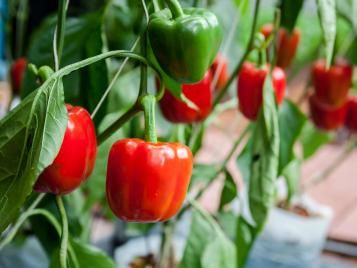
When your plants reach 20 centre metres tall, look to support them by stalking with a small cane or a pea-stick and attach with some garden twine. If you have been growing your plants inside- then look to move your plants to an outside environment from the end of May, onwards.
Your peppers will continue to grow. With this, look to pot up as appropriate. Gentle pruning can be done through a pinching method to encourage new growth.
In hot weather look to try and water your plant twice a day, if possible. Also, look to feed your plant with a tomato fertiliser (or a liquid feed high in potash) every two weeks.
Also, check the weather conditions if you’re growing your peppers outside, to see if any dramatic dips in temperature are forecasted.
Step 6 - Harvesting
Harvesting of the fruit will seem to be fairly obvious. The key thing to note is that the skin of the pepper will be shiny.
Depending on when you started the growth process, harvesting will usually occur between July and September.
Before the autumn frosts, sever the plants completely and hang the branches upside down so that they continue to mature for next year’s batch!

